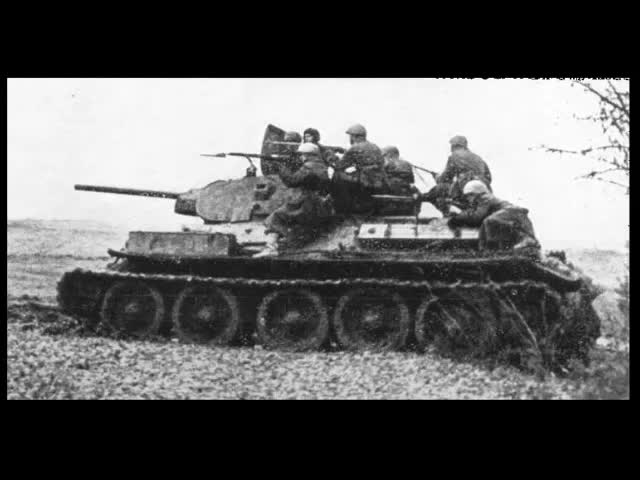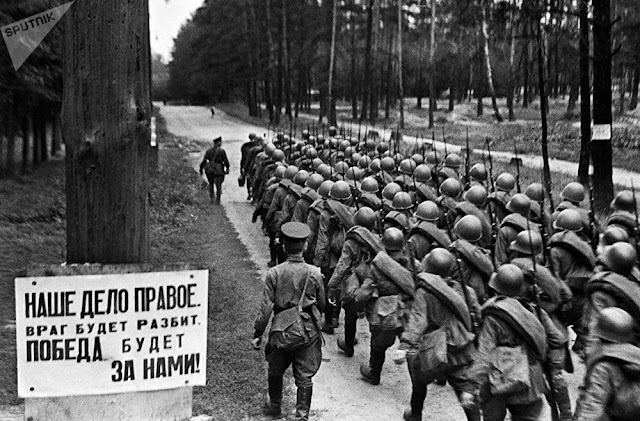
Their objective was to encircle the Soviet 16th, 19th, and 20th Armies. It began on July 10 when General Heinz Guderian’s Panzer Group 2 and General Herman Hoth’s Panzer Group 3 advanced from Vitebsk toward Dukhovschina and Orsha toward Yelnya. The battle raged over a swath of territory that was 400 miles long and 150 miles deep. Although German panzer formations continued their push eastward, infantry divisions fell far behind, not only because they lacked mechanized transport, but also because they had to methodically eliminate large pockets of Red Army troops.Īrmy Group Center became embroiled in a two-month-long slugfest known as the Battle of Smolensk in July. The German timetable for a lightning-fast campaign to occupy all of the European Soviet Union within four months slowly began to unravel. It was able to hold itself together through the grim determination and draconian measures instituted by the ruling Communist party. The Oberkommando des Heeres (OKH), the German Army High Command, believed that the Red Army could be defeated west of the Dvina-Dnieper line, but it had not developed contingency plans if that did not occur as expected.ĭespite suffering devastating losses early in the campaign, the Red Army did not collapse. Field Marshal Wilhelm von Leeb’s Army Group North was ordered to push toward Leningrad, Field Marshal Fedor Von Bock’s Army Group Center was tasked with capturing Moscow, and Field Marshal Gerd von Rundstedt’s Army Group South was sent into the Ukraine to secure the Donets Basin. Hitler and his generals had organized the attacking troops into three army groups for the invasion, which was codenamed Operation Barbarossa. On June 22, 1941, the Germans had invaded the Soviet Union in a surprise attack involving 3.6 million German and other Axis troops organized into 153 divisions.

Stalin believed that the 17th Rifle Regiment in particular had fought with great valor, and he therefore awarded it the Order of the Red Banner. Nevertheless, the Germans pushed on to the next Soviet line of defense, the Mozhaisk Line. The 32nd Rifle Division was mauled by the Germans, although it inflicted grievous losses on the attacking German units for example, the Third Infantry Regiment of the SS Reich Motorized Infantry Division suffered such heavy losses that it had to be disbanded and its survivors distributed to other regiments in the division. The slugfest at Borodino lasted for nearly a week before threats from the flanks forced the Soviets to retreat. The Sturmgeschutz, with its signature low silhouette, was designed to assist German infantry in reducing enemy strongpoints. A column of German Sturmgeschutz assault guns prepares to move out. Soviet artillery units and mortar batteries blasted the German grenadiers as they fought their way forward through minefields and barbed wire. The Germans put their powerful 88mm flak guns to work as tank busters. The attacking armor and infantry were supported by Stuka dive bombers, 88mm flak guns, and Nebelwerfer rocket launchers.Īs the battle unfolded, T-34 medium tanks counterattacked in mass formations. The tactical plan called for Colonel Bruno Witter von Hauenschild to lead his infantry brigade and the SS Reich Motorized Infantry Division in a frontal assault while the 7th Panzer Regiment moved to outflank the Siberians. Kirchner assigned some of his best units for the hard fighting that lay ahead.

Friedrich Kirchner, commander of the 10th Panzer Division, with the destruction of the troops in and around Borodino.


Stalin had reinforced the division’s three rifle regiments-the 17th, 113th, and 322nd -with two armored brigades equipped with T-34 and KV-1 tanks.Īpproaching their position were elements of General Erich Hoepner’s Panzer Group 4. As soon as they arrived, they entrenched and constructed emplacements for their artillery. The burly men, outfitted in fur caps, great coats, and fur boots, belonged to Colonel Viktor Polosukhin’s 32nd Siberian Rifle Division, which had arrived from Vladivostok by rail and reached the old battlefield several days earlier. Dug in on the battlefield were the forward elements of a fresh division from the Soviet Union’s Far East Military District that had been rushed to Moscow to thwart the German drive on the Soviet capital. The troops of Germany’s Army Group Center were more than a week into a fresh offensive to capture Moscow on July 14 when they approached the historic battlefield of Borodino where the Russians delayed Napoleon’s advance on Moscow in 1812.


 0 kommentar(er)
0 kommentar(er)
